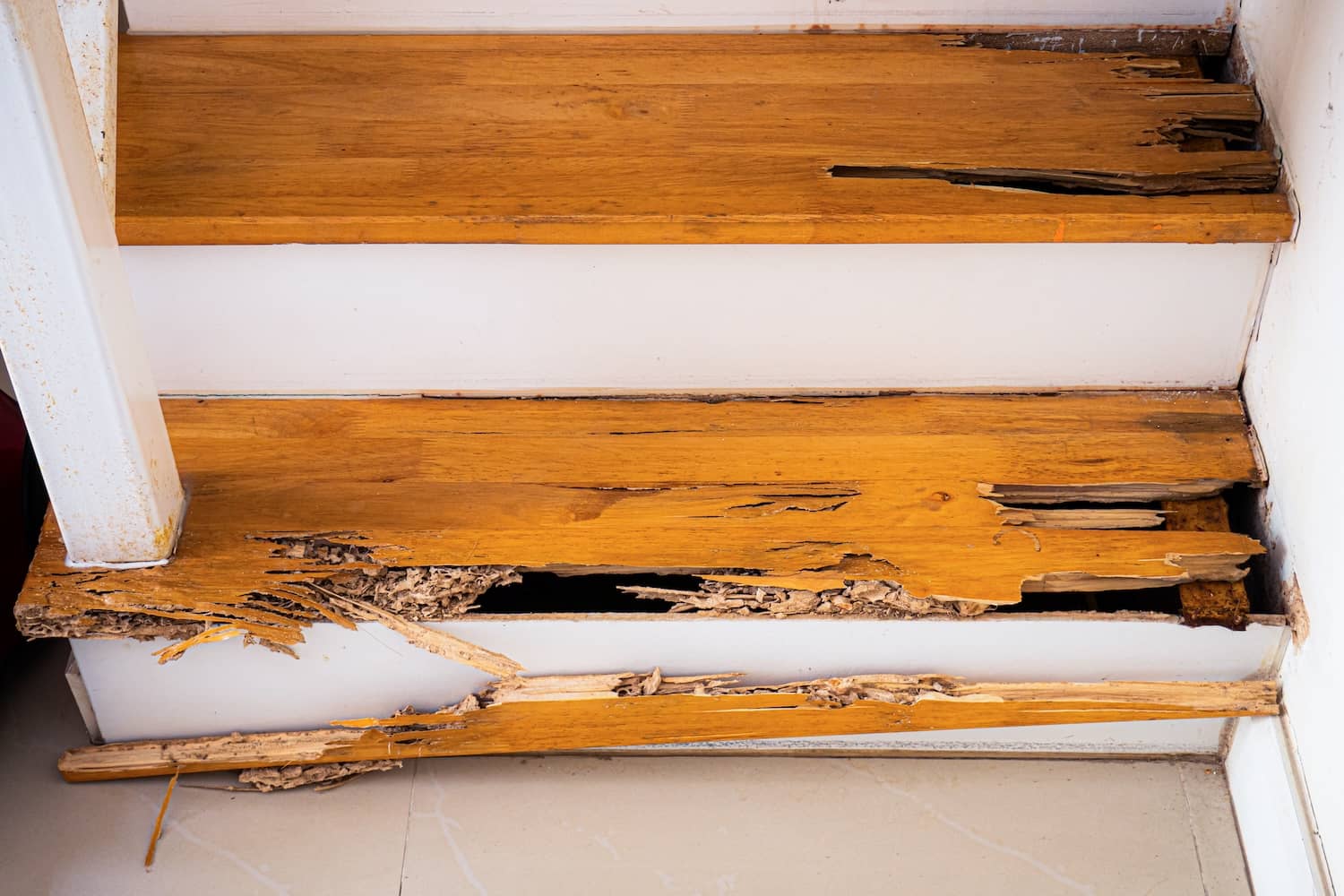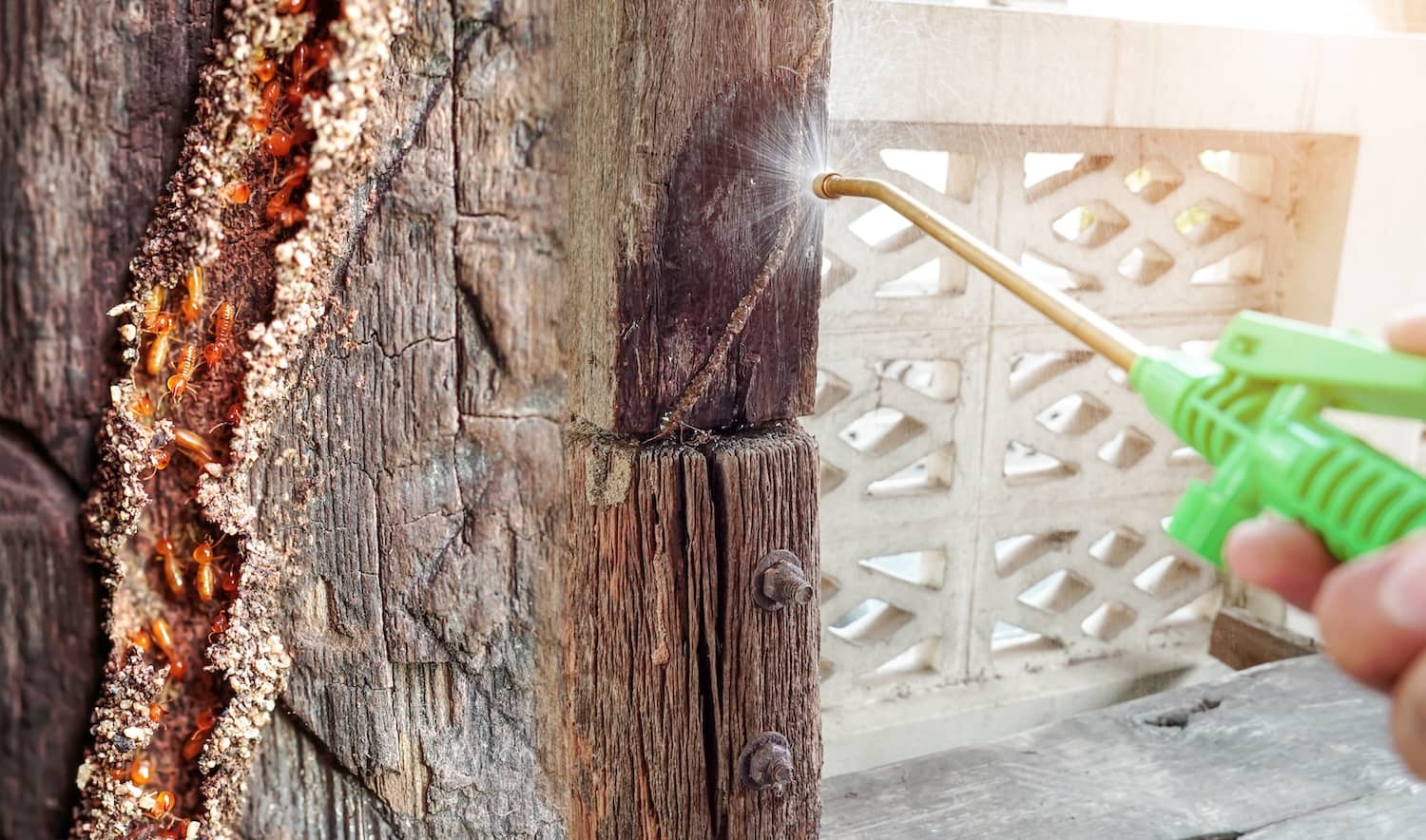As you probably know, the value of a home rests heavily on its structural integrity and safety. While all components require inspection and care, one crucial area is largely overlooked, potentially leading to extensive, costly damage – wood-destroying organisms (WDOs). Don’t let the technical name fool you, as these tiny invaders can easily bring down entire buildings when left unchecked. In the sections below, we’ll cover all the bases around what a wood-destroying organism (WDO) inspection entails.
You’ll also learn when this inspection is needed, the sneaky signs of WDO infestation, practical prevention methods, and the benefits of enlisting a trained professional.
Get to Know WDO Inspections
WDO inspections identify and evaluate wood damage caused by organisms like termites, carpenter ants, wood-boring beetles, and decay fungi. Using specialized tools and techniques, an inspector surveys key structural elements, searching for evidence of infestation.
During a standard inspection, the examiner looks in crawl spaces, basements, attics, and around the home’s exterior. Areas where wood meets soil are prime targets. Inspectors tap along the siding, foundations, support beams, and wooden trim, listening for hollow spots that signal destruction underneath. They also check for shelter tubes constructed by termites to travel undetected.
Professionals use devices like moisture meters, borescopes, and thermal cameras to detect hidden issues. Any wood samples collected are sent for laboratory analysis to identify the specific organisms involved. At the end, homeowners receive a detailed report assessing their risk level and outlining any necessary treatment.


The Importance of WDO Inspections
Once wood-destroying pests infest a home, they can cause major structural and financial damage if left unchecked. Termites alone cause billions in property damage annually in the U.S. While tiny, these organisms have a massive appetite for destruction. Termites can consume up to one pound of wood per day. Carpenter ants burrow deep inside, leaving only a thin wood veneer that easily crumbles. Fungi feed on damp wood, causing it to soften and decay.
Catching an infestation early allows for treatment to eliminate the pests and prevent further destruction. But hidden damage often progresses undetected for years before any visible signs appear. Regular inspections are the best way to stay ahead of the problem.
In addition to preserving property value, WDO inspections also provide peace of mind. Homebuyers depend on them when assessing a property’s condition during the transaction process. For homeowners, a clean inspection report means your biggest investment is protected.
When to Schedule a WDO Inspection
Certain scenarios and life events warrant scheduling a WDO inspection to proactively evaluate a home. Conversely, some red flags are clear signs that the pests are already present, making an inspection and solution necessary.
In any case, being proactive allows you to identify and address issues before they escalate into major damage! Let’s dig a little deeper into the when and why:
Before Purchasing a Property
For Preventative Maintenance
Following Extreme Weather Events
During Renovations or Additions
Issues to Look For
- Hollow spots when tapping on wood surfaces – This indicates destruction underneath
- Pinholes or blistering of wood finishes – Early signs of pests tunneling within
- Crumbling of structural wooden elements like support beams – Indicates advanced deterioration
- Shelter tubes along foundations made of mud or soil – Tubes allow termites to travel undetected
- Sawdust-like frass piles near wood – Formed as pests eat through and expel waste
- Leaking water or moisture collecting where wood meets the soil – Conducive conditions for fungi growth


WDO Prevention and Recommended Maintenance
Making your home a less welcoming environment for pests establishes a strong line of defense. Moisture control is top of the list!
Additionally, inspect for leaks around plumbing and foundations, and ensure gutters are clear, and draining properly away from the house. Clear excess mulch or vegetation touching the exterior, which can retain moisture against wood. Proper airflow ventilation in crawl spaces and attics can also inhibit moisture buildup.
Besides moisture control, general vigilance about your home’s condition goes a long way. Regularly clear piled leaves, grass clippings, and firewood debris from around the foundation or wooden structures. Inspect for cracks in siding, damaged roofs, or soil buildup that allow easier entry points. Finally, but equally important, keep interior wood dry and promptly address any water intrusions.
When to Call a Professional
If you ever discover signs of infestation, contact a professional immediately to determine the extent of the issue. Professionals have the tools and training to conduct thorough inspections and apply proven treatment methods.
However, it’s a smart practice to schedule periodic preventative inspections even if no symptoms appear. WDO damage can remain hidden for years, slowly compromising structures. Annual or bi-annual checks by an expert provide peace of mind and help catch problems early when they are easiest to treat.
In real estate transactions, both buyers and sellers benefit from a professional WDO inspection. For sellers, it can resolve issues that may otherwise derail a sale. Buyers gain insight into the property’s structural condition to make an informed decision.
WDO treatment requires specialized chemicals, equipment, and techniques to be effective. Attempting to tackle issues solo without proper training risks harming your family, pets, or the environment. Partnering with an experienced inspector provides safety and ensures problems are fully eliminated the first time.







